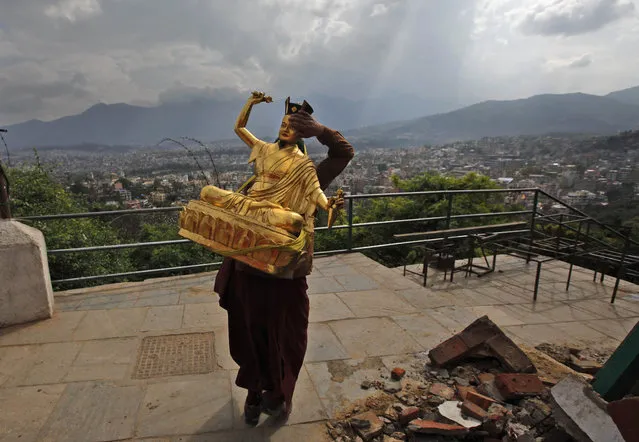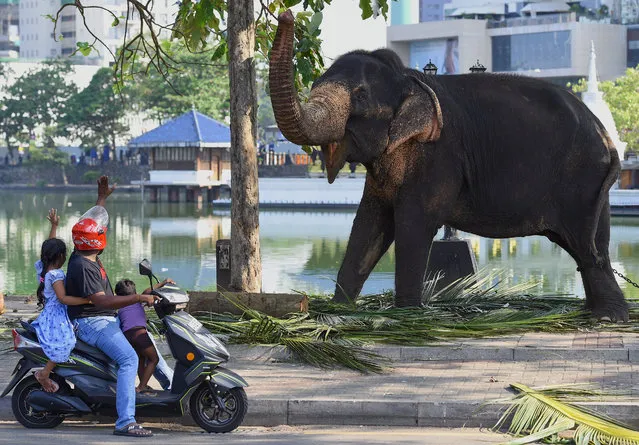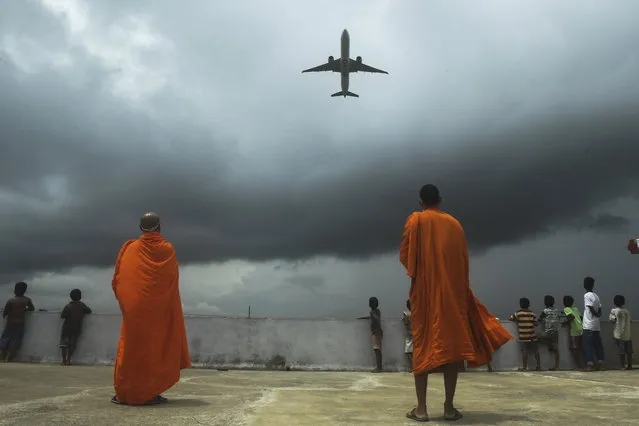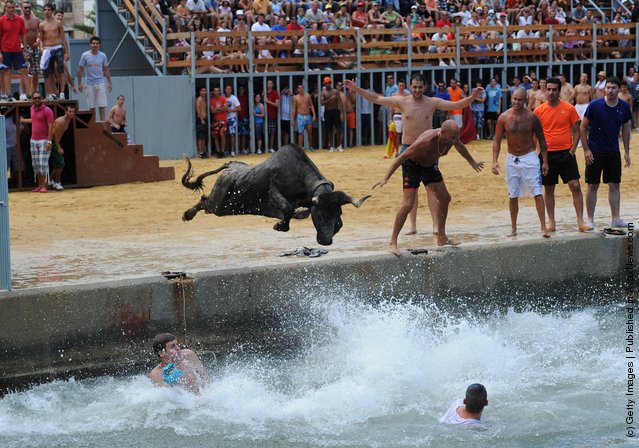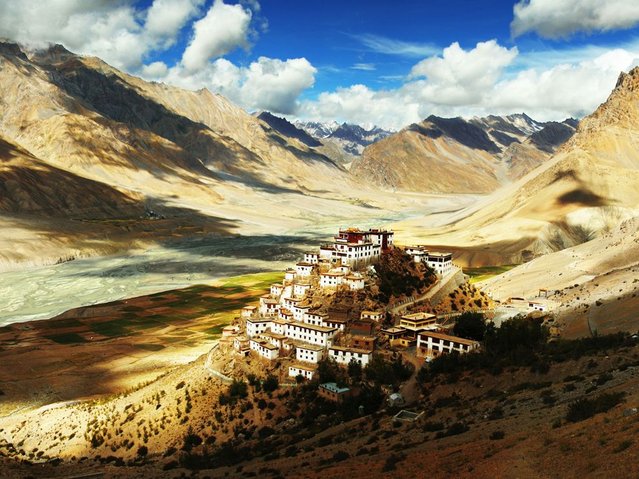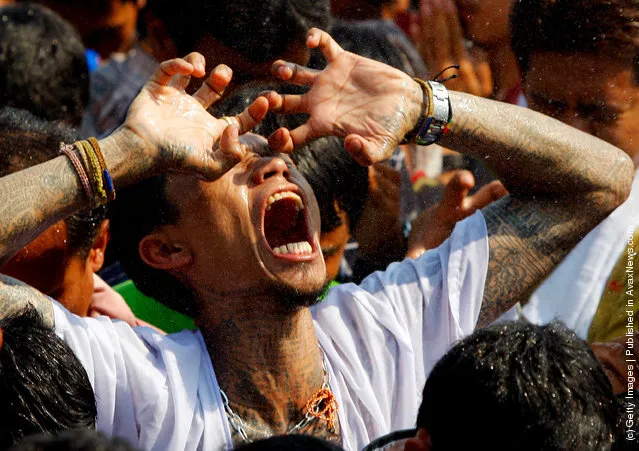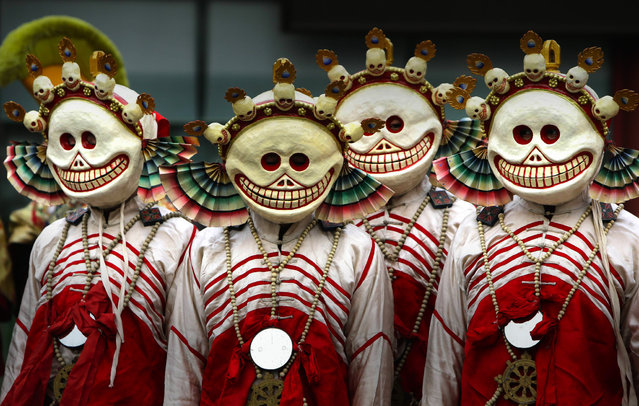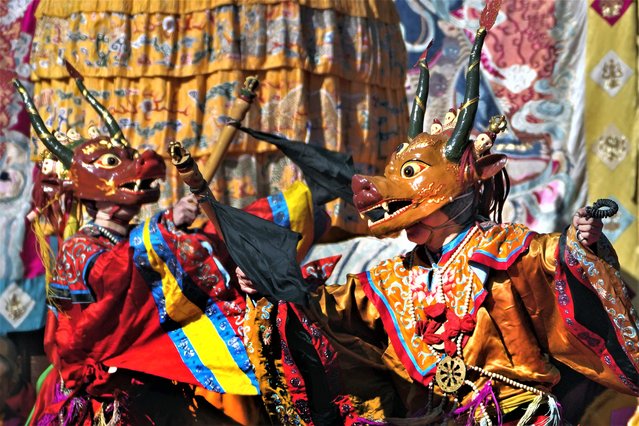
Tibetan monks in ghoulish costumes perform during a ceremony to chase away the “demon king” to bring peace and happiness for the Tibetan New Year at the Yonghegong Lama Temple in Beijing, Sunday, February 19, 2023. The annual event has returned after China lifted all bans on public gatherings from the outbreak of COVID-19. (Photo by Andy Wong/AP Photo)
02 Mar 2023 05:35:00,post received
0 comments

